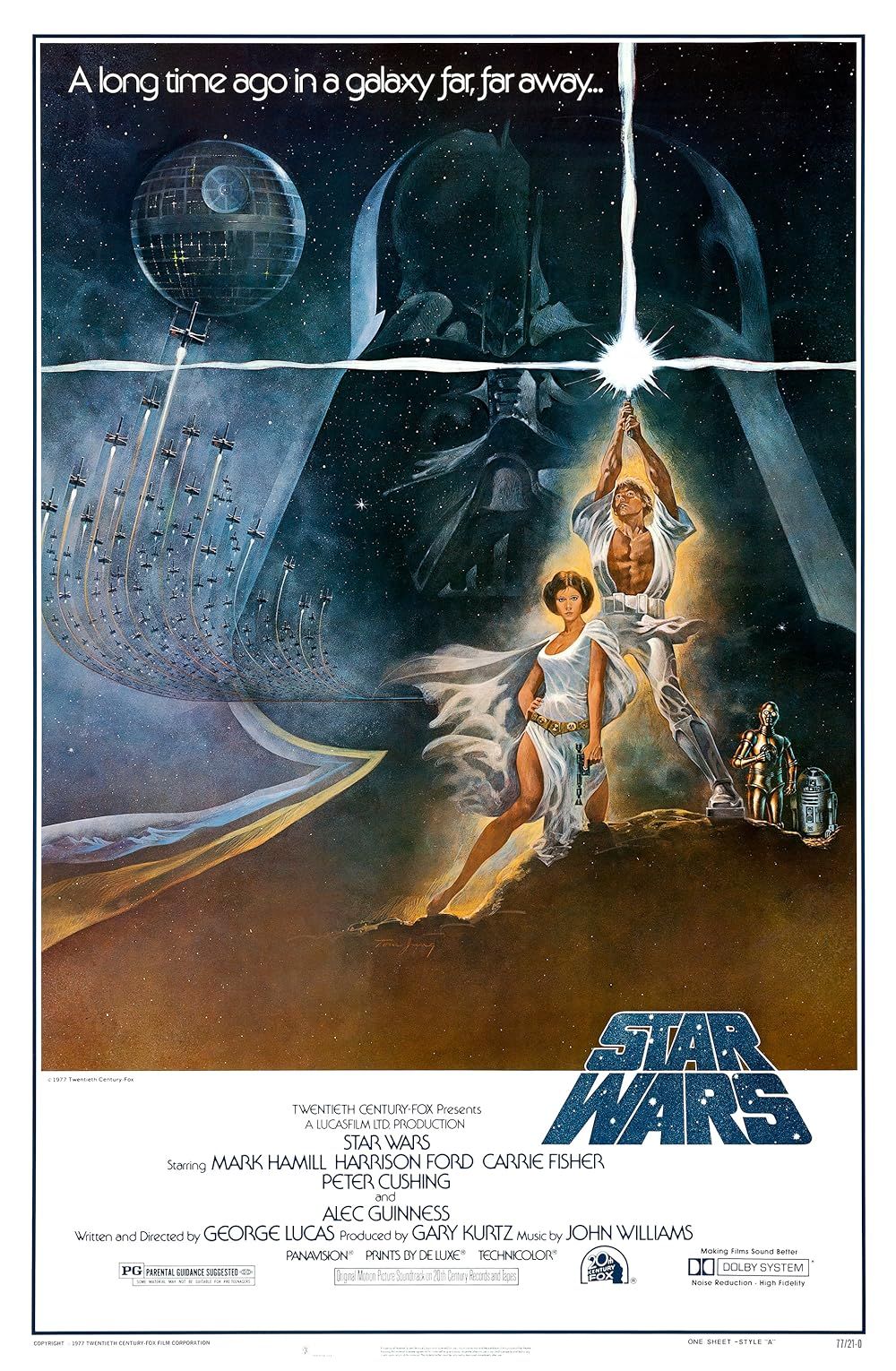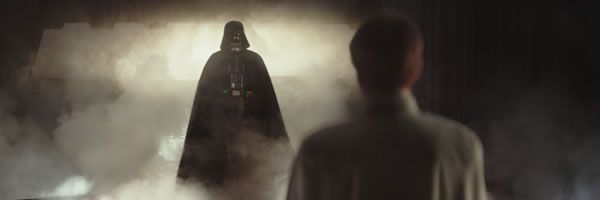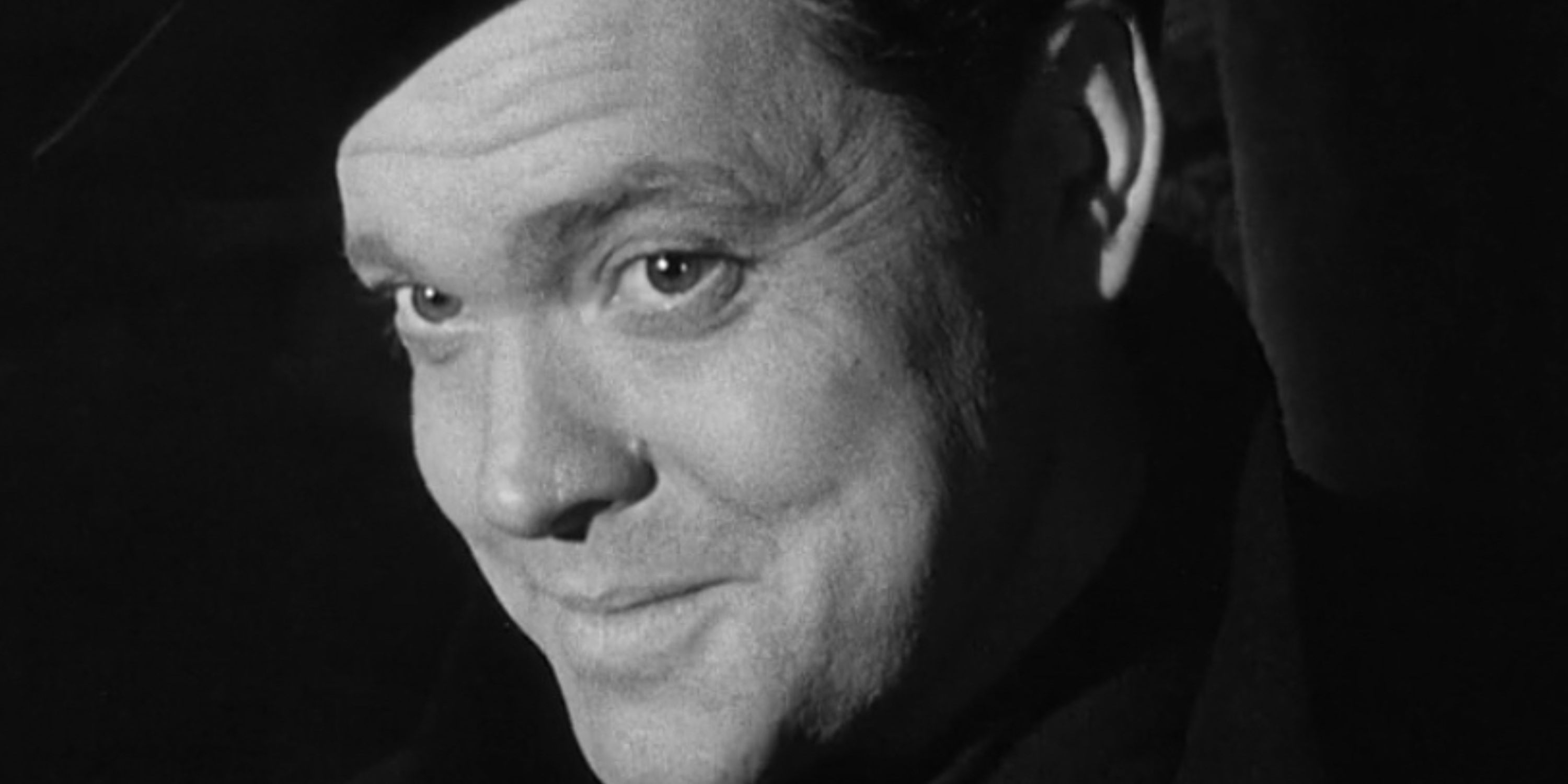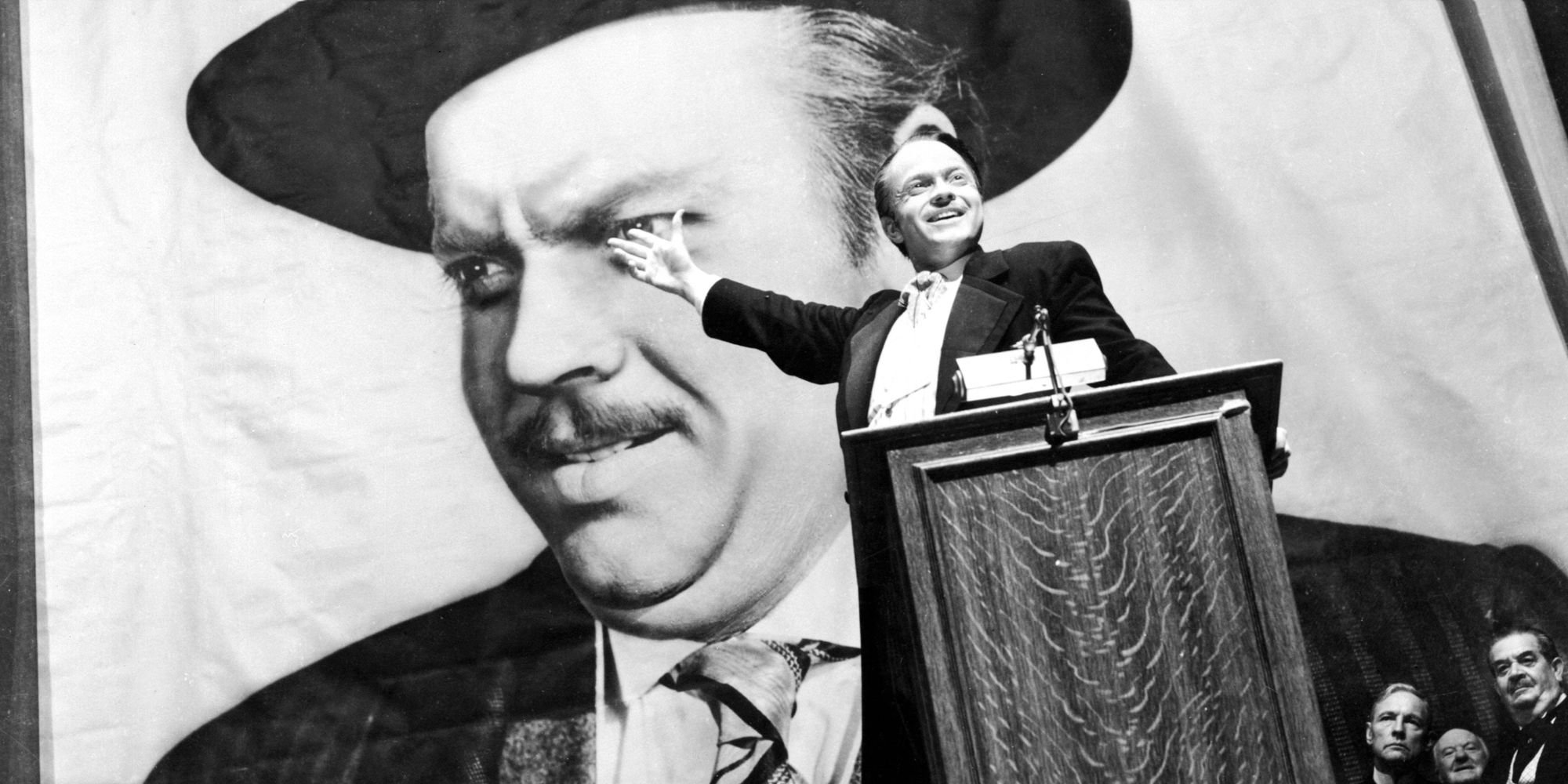The Big Picture
- Casting Darth Vader’s voice was pivotal: George Lucas chose James Earl Jones over Orson Welles for Darth Vader’s iconic voice.
- Orson Welles returned to Hollywood in the 1970s for passion projects, while James Earl Jones became synonymous with Darth Vader.
- Jones’ voice masked behind the iconic Darth Vader helmet gave the character a depth and power that resonates in cinema history.
Over the forty-six years since the first Star Wars film’s release, several actors have played Darth Vader. Like the formidable Sith Lord himself, the role of Vader is an amalgamation of several parts and players. David Prowse wore the suit in the original trilogy, but Bob Anderson provided the sword fighting and Sebastian Shaw lent his face to the unmasking scene. Then, Hayden Christensen donned the costume in Revenge of the Sith and Obi-Wan Kenobi, before both Spencer Wilding and Daniel Naprous geared it up for Rogue One. The actor best associated with the role, however, is James Earl Jones, who never played the part on-set, but provided Vader’s iconic voice in nearly all of his appearances on the big and small screen alike. Before Jones was cast for the voice-over, though, director George Lucas actually considered a different actor for Vader’s mouth— an actor far more recognizable than Jones in 1977, who would have brought an element of old Hollywood prestige to the galaxy far, far away – Orson Welles.

Star Wars: Episode IV – A New Hope
Luke Skywalker joins forces with a Jedi Knight, a cocky pilot, a Wookiee and two droids to save the galaxy from the Empire’s world-destroying battle station, while also attempting to rescue Princess Leia from the mysterious Darth Vader.
- Release Date
- May 25, 1977
- Director
- George Lucas
- Runtime
- 121 minutes
- Writers
- George Lucas
- Studio
- Lucasfilm Ltd
How Did George Lucas Cast the Role of Darth Vader?
In the late 1970s, while filming A New Hope in London, David Prowse recited all of Darth Vader’s lines from behind the mask. Because the mask muffled Vader’s speech, though, all of the villain’s dialogue had to be dubbed over in post-production. Prowse assumed he would be the one to dub over his own voice, but the crew returned to Hollywood after filming, and it was too expensive to fly the English actor out for the job. Plus, Prowse had a thick Bristolian accent that felt somewhat uncharacteristic of the role.
George Lucas hence started looking for someone to bring Darth Vader’s voice to life. He wanted a deep and distinguished voice, one worthy of a cybernetic archvillain that exuded darkness, novelty, and mystery. Two actors came to mind. One of them was James Earl Jones, a relative unknown whose biggest film role to date was Lieutenant Lothar Zogg in Dr. Strangelove. The other, however, was one of the most celebrated men in cinema, who had just recently returned to the United States after a long hiatus from Hollywood filmmaking.
What Was Orson Welles Doing Before Star Wars?
Orson Welles first came to Los Angeles in the late-1930s. Just in his mid-twenties, Welles had already made a national name for himself in both theater and radio, sending the entire country into a frenzy via his misunderstood War of the Worlds broadcast. His storytelling talent was so superb that RKO Radio Pictures gave him unprecedented creative control over his first-ever film, which ended up being none other than Citizen Kane.
Revered by seemingly every filmmaker, critic, cinephile, and academic since its 1941 release, Citizen Kane cannot be overstated for its impact on the craft and industry. After Kane, Orson Welles continued to work in both film and radio, directing and starring in several features including The Stranger, The Lady From Shanghai, Macbeth, and The Third Man (directed by Carol Reed). He also did occasional work in television and returned to the stage a few times, and while many of his projects were successful, none of them came close to the monumental accomplishment of Citizen Kane. Following a troubled production and studio interference on 1958’s Touch of Evil, Welles rejected Hollywood and moved to Europe. He didn’t return to the States for over a decade, right around the time that a young George Lucas was coming onto the moviemaking scene.
Why Did Orson Welles Return to Hollywood?
According to Netflix’s 2018 documentary, They’ll Love Me When I’m Dead, Orson Welles came back to the U.S. in part because of the 1970s Hollywood Renaissance. With the studios broken up, he had the freedom to pursue his passion projects— mainly, The Other Side of the Wind, a daring film-within-a-film experiment that the director aimed to self-fund and produce.
Because The Other Side of the Wind was coming mostly out of Welles’ own pocket, he spent much of the 1970s taking up any role that offered him a paycheck. He appeared on various talk shows, hosted documentaries and TV series, starred in commercials, and even made a cameo in The Muppet Movie. Most of his work, however, required just his voice, which had aged finely since its early days on the radio, turning to something both fatherly and formidable. On top of providing voice-overs for several shows, Welles notably lent his baritone cords to the villainous role of the Unicron in Transformers: The Movie. Evidently, he was not above voicing a sci-fi antagonist in a comic book-style film.
Why Did George Lucas Choose James Earl Jones Over Orson Welles?
According to James Earl Jones himself in the book The Making of Star Wars, George Lucas personally reached out to Welles about voicing Darth Vader. While it is unknown whether Welles reciprocated interest, Lucas’ eventual comments suggest that there was a distinct possibility that the aging director might’ve taken up the role. In fact, Lucas may have even turned down Welles because he preferred Jones’ voice. In 2015, when Jones was honored at the American Theater Wing Gala, Lucas recalled his decision as an initially challenging, but ultimately easy one. “I knew the voice had to be very, very special,” Lucas said in his speech, “It was really a choice between Orson Welles and James Earl Jones. James Earl Jones won hands down.”

‘Rogue One’: Darth Vader’s Final Scene Was a Last-Minute Addition
There’s basically a whole other movie here that audiences will likely never see.
Jones told the American Film Institute that Lucas was looking for a voice that felt “darker” and thus “hired a guy born in Mississippi, raised in Michigan, and stutters.” While the stutter is certainly not evident in the performance, the bass mix of slow southern pacing and midwestern articulation might be the secret to Vader’s iconic voice. As opposed to Welles, who always retained a touch of old-time-radio theatrics in his vocal cords, Jones spoke with clear, even stoic equilibrium, perfect for the Sith Lord.
At the same time, Jones also claims he was only paid $7000 for the role, and that he thought it was “good money” at the time. One can reasonably expect that Welles, even at this financially precarious point in his career, would’ve asked for far more. Because Star Wars was just Lucas’ third feature and it had a modest budget of $11 million, Welles might have been outside the movie’s price range.
Orson Welles Legacy vs. Darth Vader’s Longevity
All arguments aside, most would agree that Lucas made the right decision, as Jones’ voice has become inseparable from Darth Vader. Even though his performance initially went uncredited in A New Hope, Jones has been reprising Vader’s voice for nearly half a century and only announced his retirement from the role a year ago. Welles, on the other hand, passed away in 1985. His final appearance in a film was Someone To Love, released posthumously in 1987. Meanwhile, The Other Side of the Wind remained unfinished until Netflix acquired, completed, and released it in 2018. Had Welles been the original voice of Darth Vader, he would never have been able to give the role the same longevity that Jones has. He would only live to play the role in the original trilogy— and maybe the 1978 Star Wars Holiday Special.
Still, the concept of Orson Welles having a part in Star Wars— especially voicing Darth Vader—leaves much to cherish in the film lover’s imagination. It would be a gem to hear Welles’ Vader exchange dialogue with Alec Guiness‘ Obi-Wan on the Death Star. There is also something poetic about the man behind The War of the Worlds ushering in a new era of science fiction towards the end of his life, and on that same point, bookending his career with a movie that could finally rival Citizen Kane in terms of its influence on film history.
Star Wars Episode IV: A New Hope is currently available to stream on Disney+ in th U.S.



